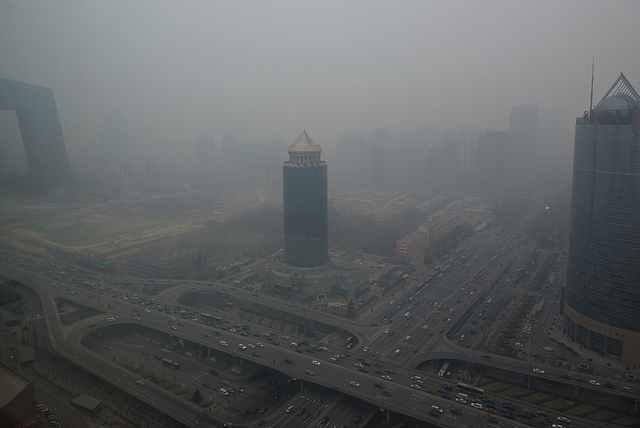It’s not just the presence of aerosols but also the characteristics of the particles emissions that are related to air quality. Aerosol acidity can also have an impact in terms of human and ecosystem health. In the latest SOCAAR seminar, Dr. Jennifer Murphy, an associate professor in UofT’s Department of Chemistry, discussed the changes in the aerosol acidity from geographically diverse sites across North America.
Oil sands can produce sulphur emissions which contribute to the acidity in the atmosphere. Particle acidity is the amount of acid found in the particle phase. The deposition of acid containing particles can lead to the acidification of an ecosystem because the acidity of particles can affect the hydrophobicity of water and have climate impacts. Also, such particle absorption may influence human health.
Looking the aerosol acidity research conducting between 1990 and 2010, Murphy observes decreases in the particle emissions at various industrial, remote, and marine sites investigated in these studies. More importantly all of these sites also show significant decrease in strong acidity. She believes that this trend is likely true for the particle pH as well. Her team is currently carrying out calculations to confirm that this is the case. This trend could suggest that the gas particle partitioning behaviour and/or the particle chemistry itself is changing.
The next step of Murphy’s research will be to extend the analysis beyond just continental surface aerosol but also to aircraft field campaigns and other locations. These future studies will help determine how these values can change in different environments.


